When it comes to lighting, whether for your home’s interior or outdoor spaces, the placement and direction of light can transform how the space feels.
Two common techniques are downlighting and uplighting.
Downlighting directs light downward, illuminating pathways or seating areas, while uplighting casts light upward, highlighting features like trees or statues.
Both enhance the beauty and safety of your space when used properly.
Downlighting offers a more subtle, natural glow, ideal for general lighting and safety, while uplighting adds drama and visual interest by creating shadows and highlighting focal points.
Together, these techniques can create a balanced, layered design that makes your home or landscape stand out.
Understanding their differences and when to use each will help you achieve the perfect ambiance.
What is Uplighting?

Uplighting is a lighting technique where lights are installed at ground level and directed upward to emphasize certain features.
This method is commonly used to highlight tall trees, architectural columns, statues, or building facades, making them stand out and appear more prominent in the space.
Benefits of Uplighting:
- Creates dramatic shadows and depth: Uplighting enhances the visual appeal by adding dimension and creating interesting shadow play.
- Highlights focal points: It’s perfect for drawing attention to key elements in a yard or interior, making them the center of focus.
- Improves security: By lighting entrances and pathways, uplighting adds a sense of security and visibility around your home or landscape.
Example Use Cases
Uplighting works well for emphasizing architectural details, such as columns or textured walls, and for showcasing landscaping features like large trees or garden statues, adding elegance and depth to your outdoor space.
What is Downlighting?

Downlighting is a lighting technique where lights are mounted above, either on structures like trees or buildings, and directed downward to illuminate the area below.
This method is commonly used for broader illumination, making it ideal for lighting walkways, gardens, and seating areas in both outdoor and indoor spaces.
Benefits of Downlighting:
- Creates a soft, natural glow: Often referred to as “moonlighting” in outdoor settings, downlighting mimics the subtle, soothing light of the moon.
- Provides ambient lighting: It’s perfect for casting a gentle, even light over patios, driveways, and seating areas, enhancing visibility and comfort.
- Reduces clutter and accidents: Since the fixtures are installed out of reach, it keeps the space clear and minimizes the risk of tripping or damage.
Example Use Cases
Downlighting is great for highlighting outdoor walkways, illuminating seating areas for evening gatherings, or ensuring safety along driveways and garden paths.
Uplighting vs. Downlighting
Quick Overview
| Criteria | Uplighting | Downlighting |
|---|---|---|
| Light Direction | Directs light upwards, creating focused, dramatic effects | Casts light downwards, providing broader, softer illumination |
| Purpose and Function | Best for accentuating tall features and creating shadows | Ideal for safety, security, and ambient lighting |
| Ideal Placement | Works well around trees, statues, architectural elements | Perfect for patios, gardens, seating areas, and walkways |
Light Direction
Uplighting directs beams of light upwards from fixtures placed at ground level.
This technique creates striking effects by focusing on specific features like tall trees or columns, making them stand out dramatically.
In contrast, downlighting casts light downwards, creating a more even and soft illumination across larger areas.
It’s perfect for casting a subtle glow over spaces without drawing attention to specific objects.
Purpose and Function
Uplighting is primarily used for accentuating focal points.
It emphasizes vertical features like trees, architectural columns, and statues while creating beautiful shadows that add depth and visual interest.
Downlighting, on the other hand, is geared toward providing general illumination for outdoor or indoor spaces, enhancing safety and visibility.
It’s especially helpful for lighting walkways, driveways, and seating areas while maintaining a natural ambiance.
Ideal Placement
Uplighting shines when used around taller structures and vertical elements.
It’s frequently applied to showcase trees, statues, walls, or architectural details.
Downlighting, however, is most effective when mounted above areas that need more general lighting, such as patios, gardens, seating arrangements, or pathways.
It ensures that larger areas are well-lit without cluttering the space with fixtures at ground level.
When to Use Uplighting

Uplighting shines when it comes to emphasizing specific features in your landscape or home.
It’s perfect for drawing attention to architectural elements like statues, tall trees, and columns.
By illuminating these structures from below, you create a sense of grandeur and drama that’s especially striking at night.
Design Tip: The placement of uplighting can dramatically change the mood of your space. For a more intense, focused effect, place the light closer to the feature. If you want a softer, more diffused glow, move the fixture further away. This flexibility makes uplighting a versatile option for different design needs.
Security Benefit: In addition to its aesthetic value, uplighting can also serve as a practical security measure. By lighting key entry points like doors, windows, and pathways, you not only enhance the beauty of your home but also deter potential intruders by eliminating dark hiding spots.
When to Use Downlighting
Downlighting is perfect when you need broad, gentle lighting that covers larger areas like patios, gardens, or pathways.
This technique mimics the natural glow of moonlight, often called “moonlighting,” which creates a soft, inviting ambiance for outdoor spaces.
Safety and Functionality: Downlighting is an excellent choice for increasing safety and visibility. By placing lights above, you can illuminate walkways, driveways, and seating areas, making it easier for people to navigate your space after dark. This also helps reduce accidents, as the lights are installed out of the way.
Design Tip: For a natural and calming effect, position downlights high in trees or on tall structures. This creates soft, subtle lighting without harsh shadows, perfect for relaxing outdoor environments like patios or seating areas. Downlighting also works well in busy spaces, ensuring the light fixtures don’t become obstacles.
Combining Uplighting and Downlighting

Layering Effect
When you combine uplighting and downlighting, you achieve a layered lighting effect that adds depth and dimension to your outdoor or indoor space.
Uplighting draws attention to specific architectural or natural features, like tall trees or statues, while downlighting gently illuminates broader areas, creating a soft backdrop that enhances the overall ambiance.
Enhanced Aesthetic Appeal
Blending both techniques can transform your space into a visually captivating environment.
For example, uplighting can be used to highlight focal points like statues or large trees, while downlighting ensures safe and pleasant illumination of pathways, gardens, or seating areas.
The combination of these techniques results in a balanced and cohesive design that elevates both functionality and aesthetics.
Energy Efficiency and Fixture Choices

LED Lighting for Efficiency
Using LED lights for both uplighting and downlighting is a smart choice for energy efficiency.
LED bulbs consume less power while providing bright, long-lasting illumination.
They are an eco-friendly option, reducing energy costs and minimizing the need for frequent replacements, making them ideal for both indoor and outdoor use.
Types of Fixtures
When choosing fixtures for uplighting and downlighting, you have a variety of options.
Gooseneck lights and spotlights work well for downlighting, while recessed lighting and wall sconces are great for both uplighting and downlighting.
Each type serves different purposes, from task lighting to accentuating specific features.
Durability for Outdoor Spaces
For outdoor lighting, it’s essential to select weatherproof fixtures.
Durable, water-resistant lights will withstand the elements, ensuring your lighting design remains functional and appealing over time.
Look for fixtures with strong construction and proper sealing to maintain performance in various weather conditions.
Security and Safety Considerations

Uplighting for Entrances and Pathways
Uplighting is not just for aesthetics—it can also enhance security.
Placing uplights near doors, windows, and pathways helps illuminate these critical areas, deterring potential intruders by reducing dark, shadowed spots.
This added visibility can make your home more secure and welcoming at night.
Downlighting for Safe Passage
Downlighting is perfect for illuminating areas where safe movement is important.
Use downlights to brighten stairs, patios, driveways, and other walkways, ensuring better visibility for family members and guests.
This helps reduce the risk of trips and falls, especially in the dark, while creating a pleasant, inviting glow.
FAQs About Uplighting and Downlighting
Can I use both uplighting and downlighting together in the same space?
Yes! Combining both techniques is highly recommended for creating a balanced lighting design. Uplighting highlights specific features, while downlighting provides overall illumination, giving your space depth and enhancing its visual appeal.
Is uplighting or downlighting better for security purposes?
Both can contribute to security. Uplighting is great for illuminating entry points like doors and windows, while downlighting is better for providing clear visibility along pathways, patios, and driveways, reducing the risk of accidents and deterring intruders.
Does uplighting use more energy than downlighting?
Both can contribute to security. Uplighting is great for illuminating entry points like doors and windows, while downlighting is better for providing clear visibility along pathways, patios, and driveways, reducing the risk of accidents and deterring intruders.
What is the best type of light for outdoor uplighting?
For outdoor uplighting, LED spotlights or wall sconces are often ideal, as they provide a focused beam that accentuates features like trees, statues, or architectural details. Choose weatherproof fixtures for long-lasting performance.
Can I use uplighting or downlighting for indoor spaces?
Absolutely! Uplighting is excellent for highlighting interior architectural features, such as columns or art pieces. Downlighting, on the other hand, works well for ambient lighting or focused task lighting in rooms like kitchens, living rooms, and offices.
Conclusion
Uplighting and downlighting each bring unique benefits to your home or outdoor space.
Uplighting creates dramatic focal points by casting light upwards, adding depth and highlighting architectural features.
Downlighting provides softer, broader illumination, ideal for pathways, patios, and overall ambient lighting.
By combining both techniques, you can enhance the aesthetics, security, and functionality of your space.
With thoughtful design and energy-efficient fixtures, you can create a well-lit, visually appealing environment that suits your needs, both indoors and outdoors.


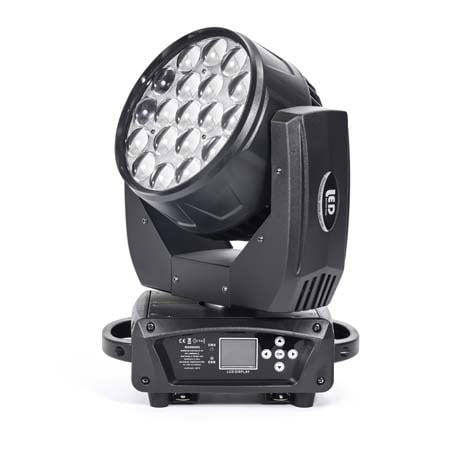





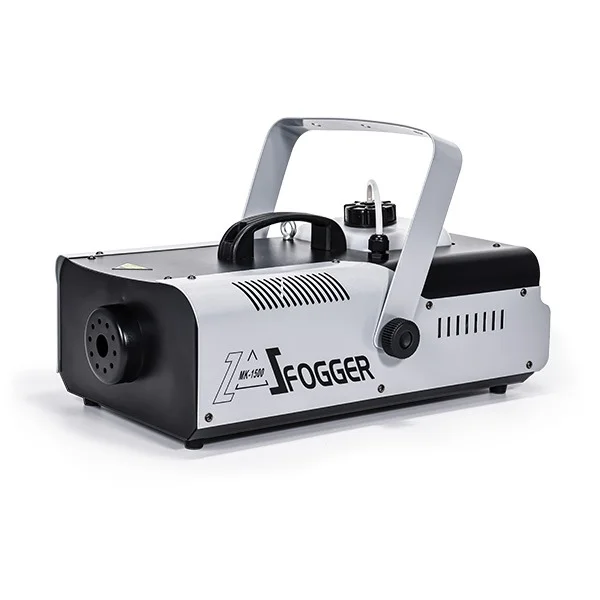
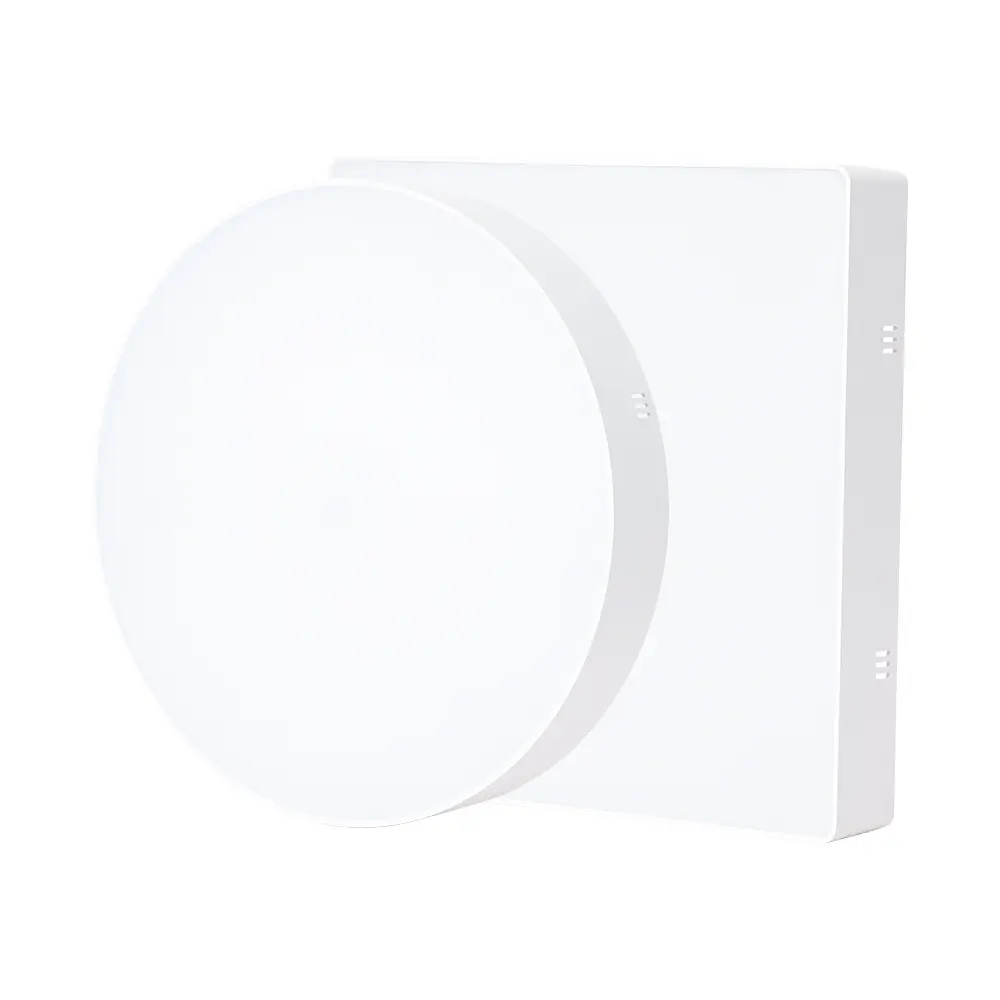

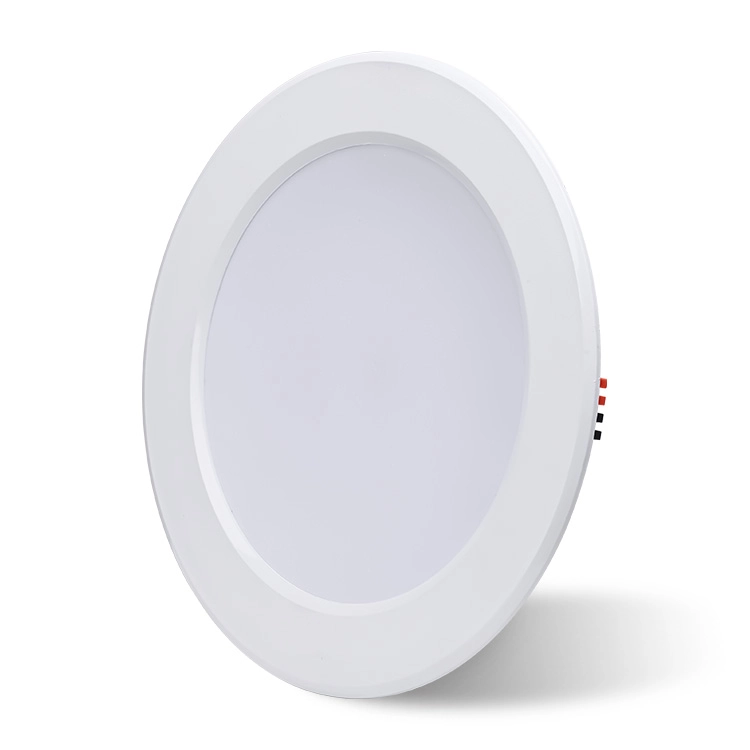
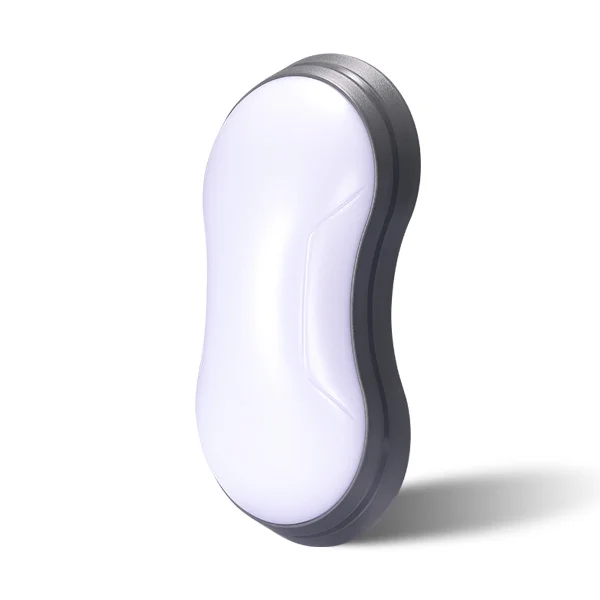

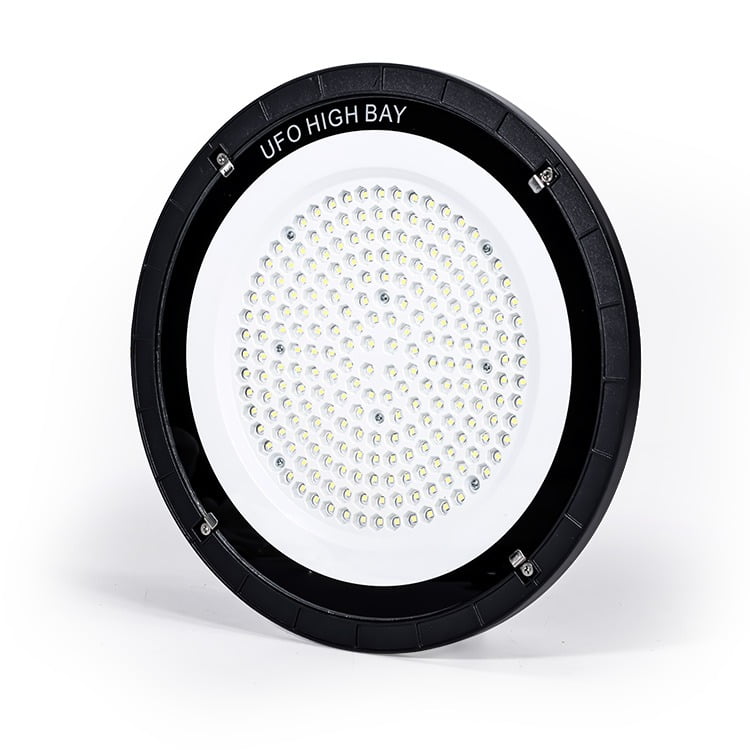
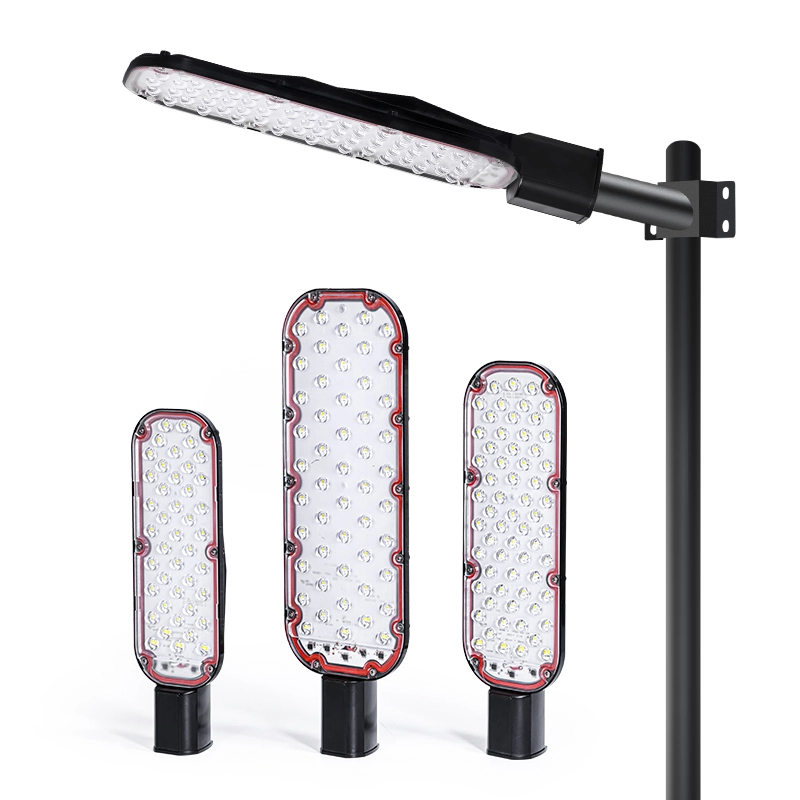

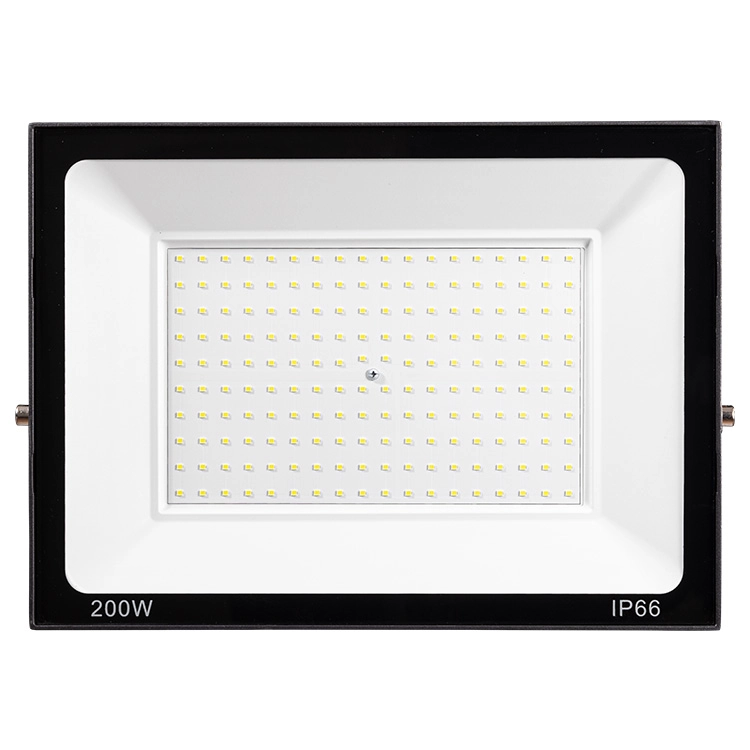
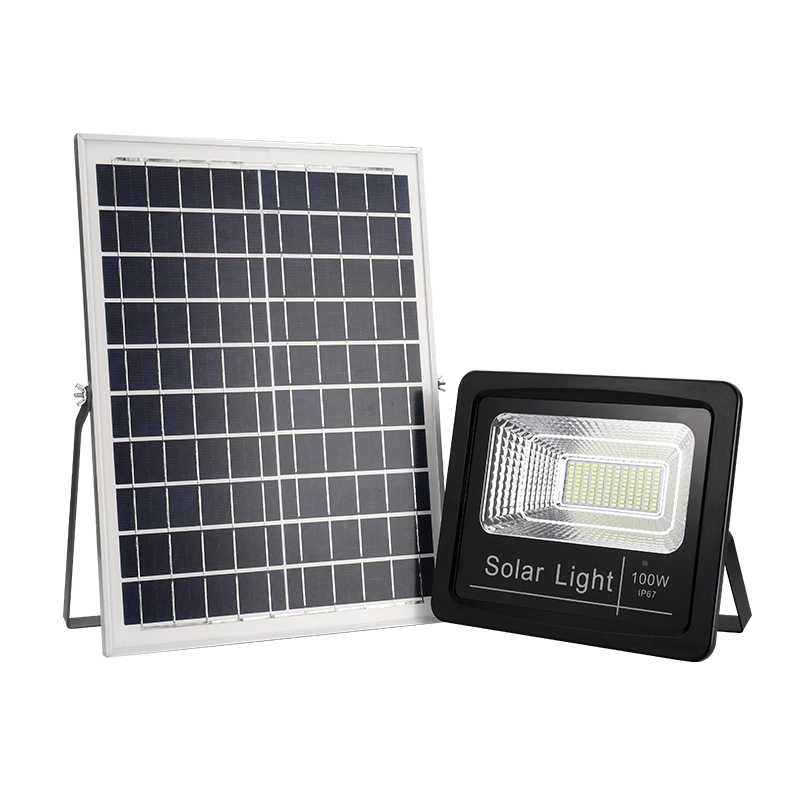


![led design ideas - 17 LED Design Ideas to Transform Your Home [February 2025] - Vorlane led design ideas - 17 LED Design Ideas to Transform Your Home [February 2025] - Vorlane](https://vorlane.com/wp-content/uploads/2025/01/led-design-ideas.webp)
![outdoor lighting ideas - 20 Brilliant Outdoor Lighting Ideas: Transform Yard [2025] - Vorlane outdoor lighting ideas - 20 Brilliant Outdoor Lighting Ideas: Transform Yard [2025] - Vorlane](https://vorlane.com/wp-content/uploads/2025/02/outdoor-lighting-ideas.jpg)
![disadvantages of led lights - Disadvantages of LED Lighting: Reveal Cost, Real Risk [2025] - Vorlane disadvantages of led lights - Disadvantages of LED Lighting: Reveal Cost, Real Risk [2025] - Vorlane](https://vorlane.com/wp-content/uploads/2025/01/disadvantages-of-led-lights.webp)
![Best LED Lights for Home - Best LED Lights for Home: Top Choices [2025] - Vorlane Best LED Lights for Home - Best LED Lights for Home: Top Choices [2025] - Vorlane](https://vorlane.com/wp-content/uploads/2025/01/Best-LED-Lights-for-Home.webp)
![beam angle calculator - Beam Angle Calculator – Simplify Lighting Calculations [2025] - Vorlane beam angle calculator - Beam Angle Calculator – Simplify Lighting Calculations [2025] - Vorlane](https://vorlane.com/wp-content/uploads/2025/01/beam-angle-calculator.webp)
![COB Light vs Panel Light - COB Light vs Panel Light: Understanding the Differences [2025 ] - Vorlane COB Light vs Panel Light - COB Light vs Panel Light: Understanding the Differences [2025 ] - Vorlane](https://vorlane.com/wp-content/uploads/2025/01/COB-Light-vs-Panel-Light.jpg)

![vorlane logo 2:1 for consent banner - Downlighting vs Uplighting: Key Differences & Uses [2025] - Vorlane vorlane logo 2:1 for consent banner - Downlighting vs Uplighting: Key Differences & Uses [2025] - Vorlane](https://vorlane.com/wp-content/uploads/2024/05/vorlane-logo-2_1-350x100.webp)